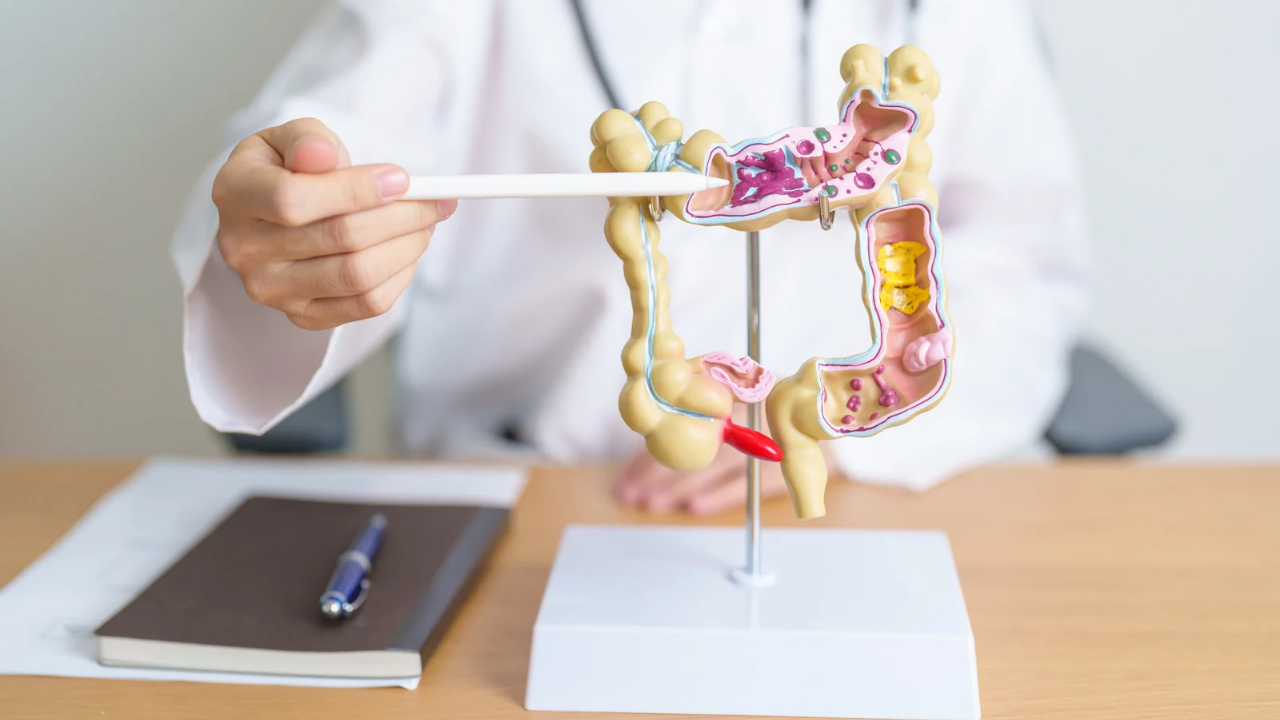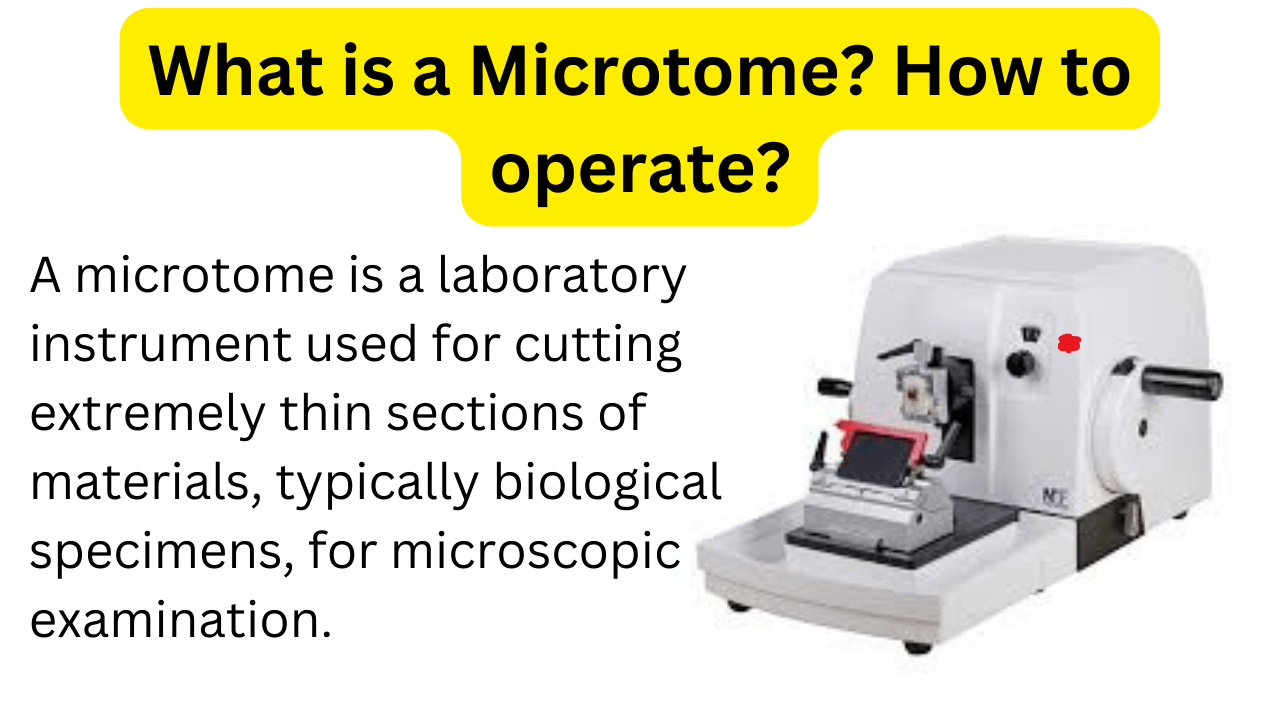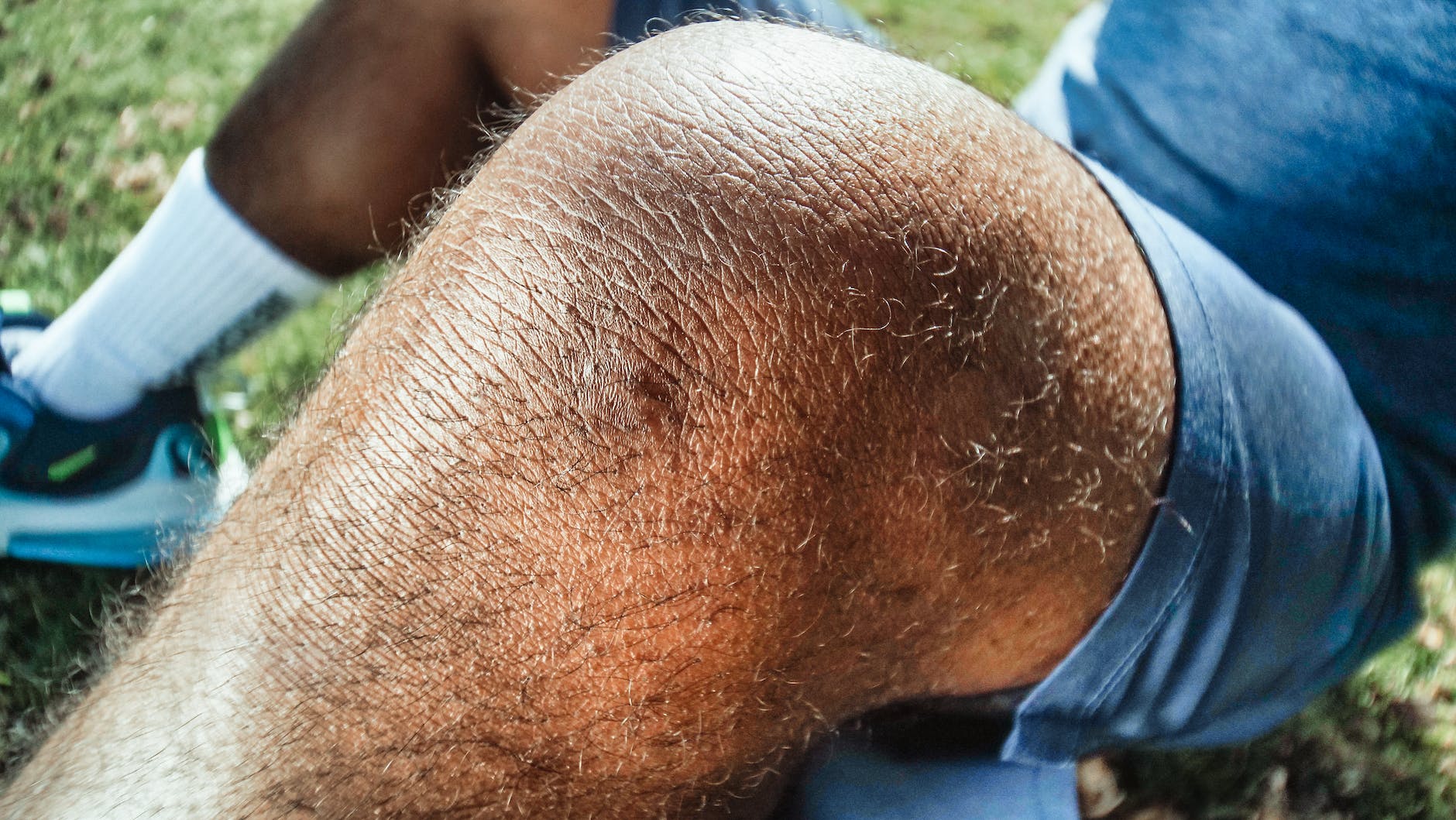How to test for appendicitis
Appendicitis is an inflammation of the appendix. It usually causes sudden pain in the lower right abdomen, often accompanied by nausea, vomiting, and fever. Here are the most common tests and evaluations for diagnosing appendicitis:


